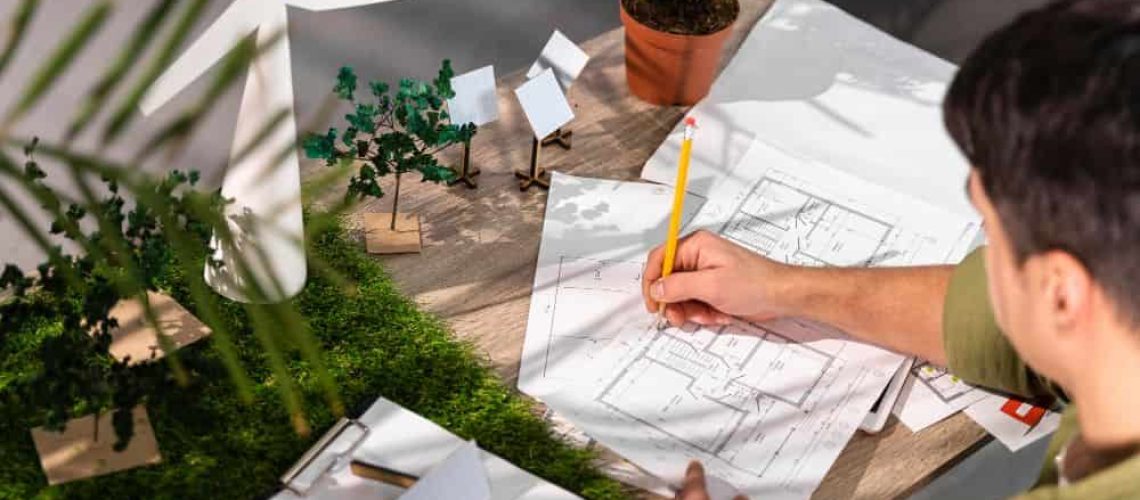Selecting the architectural style for your church is a pivotal decision that will influence the atmosphere, aesthetics, and overall experience of worship. As Church Architecture Designers, we recognize the significance of this choice and are here to provide you with insights into the two main options: modern and traditional church structures.
Modern Church Architecture
The modern architectural style embraces sleek lines, open spaces, and a minimalistic approach. It prioritizes functionality and contemporary design elements that resonate with today’s congregations. Here are some key aspects to consider:
Contemporary Aesthetics
Modern church architecture often features clean, uncluttered designs that focus on simplicity and elegance. The use of glass, steel, and concrete creates a sense of transparency and lightness, allowing natural light to flood the interior.
Flexibility and Adaptability
Modern designs offer versatility in space usage. Multi-purpose rooms, movable partitions, and innovative seating arrangements cater to the evolving needs of a vibrant and active congregation. This adaptability can accommodate various worship styles, events, and community gatherings.
Technological Integration
Incorporating advanced technology is seamless within modern church structures. Audiovisual systems, integrated sound, and modern lighting can enhance the worship experience and engage congregants on a deeper level.
Traditional Church Architecture
The traditional architectural style exudes timeless charm, drawing inspiration from historical designs and religious symbolism. It evokes a sense of reverence and continuity with the past. Here’s what to consider:
Symbolic Significance
Traditional churches often feature intricate details, such as steeples, arches, and stained glass windows. These elements hold deep religious symbolism and connect worshippers to centuries of tradition.
Acoustic Excellence
The acoustics in traditional churches are often meticulously designed to create a reverberant sound that enhances choral performances and organ music, contributing to a more immersive worship experience.
Sense of Community and Nostalgia
The familiarity of traditional architecture can foster a sense of belonging and nostalgia within the congregation. It can evoke a spiritual connection that transcends time and brings worshippers together in a shared experience.
Making the Decision
Choosing between modern and traditional church architecture depends on your congregation’s values, preferences, and future goals. Consider the following factors to guide your decision:
● Congregational Demographics: Understand the preferences of your congregation members and what architectural style resonates with them.
● Spiritual Identity: Reflect on the spiritual message you want to convey through your church’s architecture. Modernity may represent forward-thinking, while tradition may evoke a sense of rootedness.
● Community Engagement: Consider how the chosen style aligns with your community outreach and engagement initiatives.
● Long-Term Vision: Think about the long-term impact of your decision. Will the chosen style still be relevant and functional in the years to come?
In the end, whether you opt for modern or traditional church architecture, the goal is to create a sacred space that facilitates worship, fosters spiritual growth, and serves as a beacon of hope for your congregation and community. We, as experienced Church Architecture Designers in Texas, are here to guide you through this transformative journey, ensuring that your chosen style aligns harmoniously with your vision and values. If you’re ready to embark on this exciting endeavor, contact us to discuss how we can bring your architectural aspirations to life.
mermaid.

